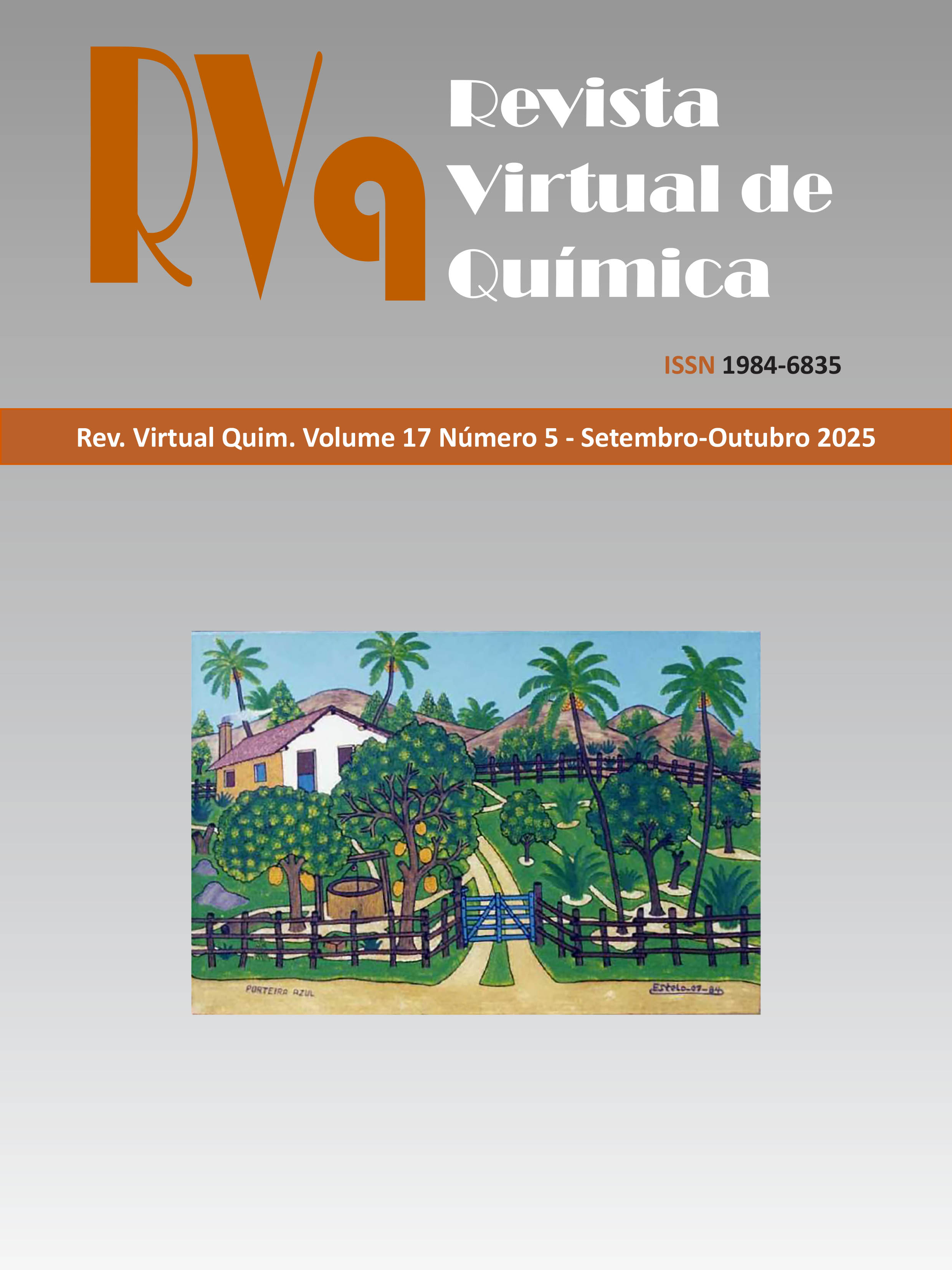Nitreto de Carbono Grafítico: Uma Revisão sobre Possíveis Modificações no Material para o Aprimoramento da Fotocatálise da Água para a Produção de Hidrogênio
DOI:
https://doi.org/10.21577/1984-6835.20250039Resumo
The global energy supply is predominantly composed of energy derived from fossil fuels, which causes
irreversible harm to the environment and human populations. Therefore, significant efforts have been
directed towards researching alternative energy sources. Hydrogen has gained attention as a renewable and
clean energy source. However, the hydrogen currently used is still primarily produced through processes
that rely on fossil fuels, compromising the sustainability of the process. To make hydrogen a fully green
energy source, its production method must change. Water splitting has been widely studied, as it can
generate hydrogen with zero greenhouse emissions and without relying on fossil materials. However,
the reaction kinetics are slow, resulting in low efficiency. The use of a catalyst reduces activation energy,
increasing reaction rates. Thus, catalysis is essential to make the process economically viable on a large
scale. Catalysts based on metal oxides and noble metals have shown good results but are costly, scarce,
and hard to acquire. Conversely, organic catalysts such as graphitic carbon nitride are accessible and
exhibit favorable properties. Yet, its efficiency in hydrogen evolution remains unsatisfactory. This review
addresses water splitting for hydrogen production, the characteristics of graphitic carbon nitride, and key
modifications to improve its catalytic performance.
Downloads
Publicado
Edição
Seção
Licença
Copyright (c) 2025 Revista Virtual de Química

Este trabalho está licenciado sob uma licença Creative Commons Attribution 4.0 International License.
Autores que publicam nesta revista concordam com os seguintes termos:
Os direitos autorais para artigos publicados nesta revista são do autor, com direitos de primeira publicação para a revista. Em virtude do acesso público, os artigos são de uso gratuito em aplicações educacionais e não-comerciais desde que com reconhecimento da autoria e da publicação nesta revista.

